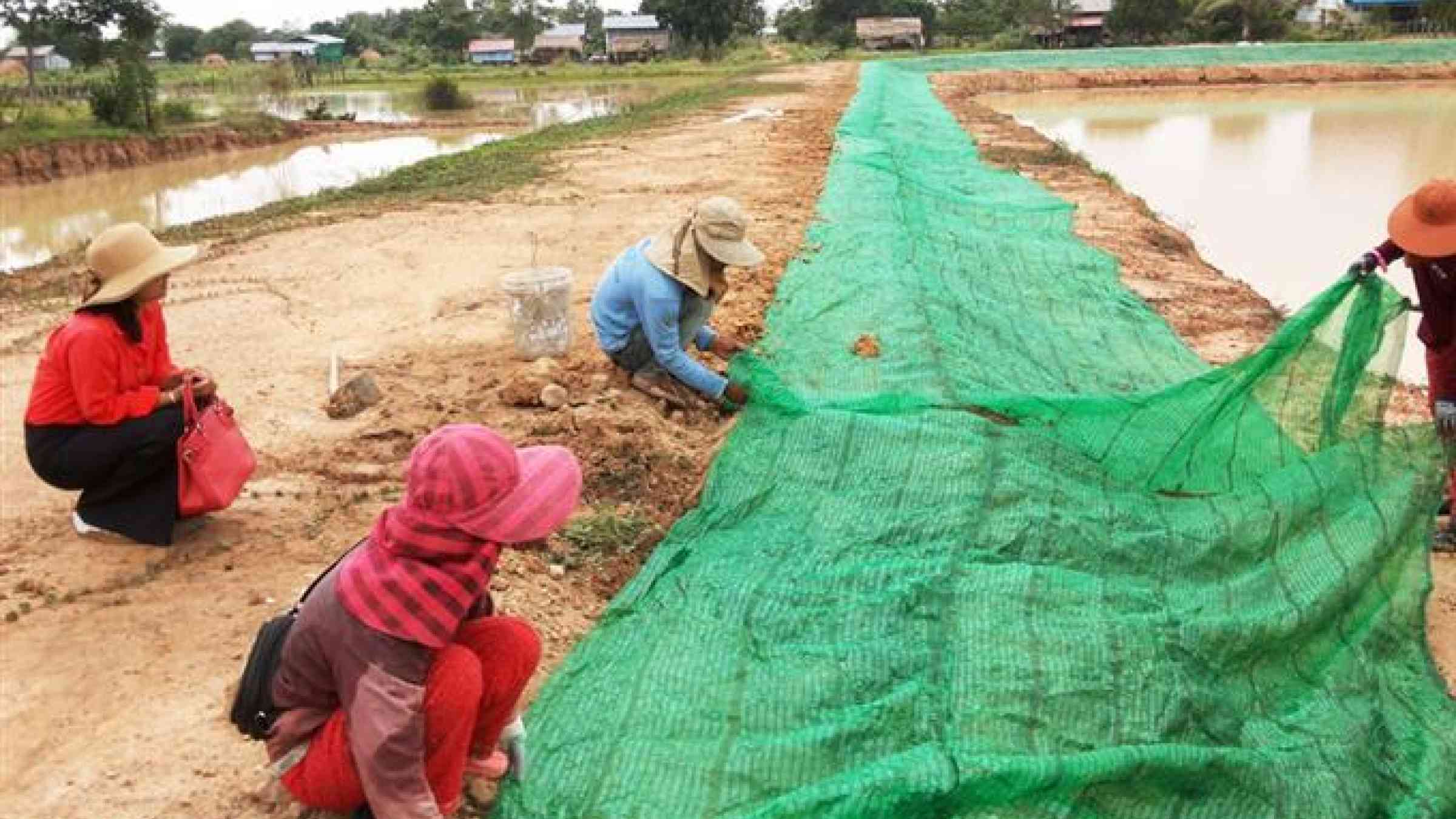NGOs in Asia-Pacific pivot toward disaster resilience

By Lisa Cornish
The Asia-Pacific is the world’s most disaster-affected region, accounting for 43 percent of all natural disasters, 67 percent of disaster-related deaths and 65 percent of all persons affected by natural disasters in 2015, according to the World Disasters Report released by the Red Cross in October.
The rising incidence of natural disasters has dramatically reshaped funding priorities and programming for NGOs working in the region. Peter Walton, international director for Red Cross Australia, said the shift toward disaster-related programs in the Asia-Pacific had been “pretty significant.”
Last year, $92 billion was spent responding to natural disasters worldwide, of which $45 billion was the Asia-Pacific.
The costs of natural disasters mean responding organizations are shifting from relief toward building community resilience. Aid groups are breaking down silos between humanitarian and development work, and including disaster planning in a range of other projects from education to health care.